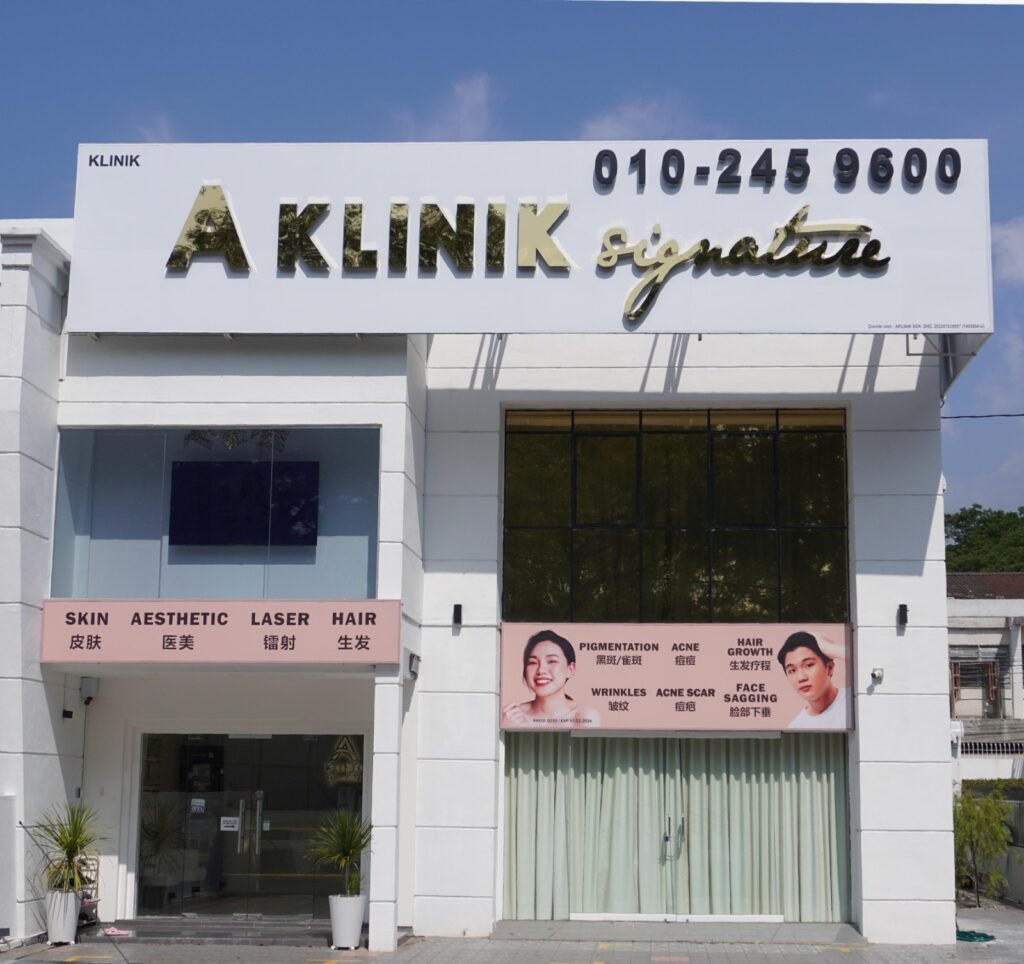
Dermal fillers have become a go-to cosmetic treatment for plumper lips, sculpted cheekbones, and smoother skin. They’re non-surgical, quick, and can instantly refresh your look. But along with the rise in popularity comes a rise in anxiety—especially over something called filler migration.
You may have seen it pop up on TikTok or Instagram: someone claiming their lip filler “moved,” leaving them with a puffy upper lip or an oddly shaped mouth. Others share “before and after” photos that look more like a cautionary tale than a beauty upgrade.
So what’s really going on? Is filler migration something to worry about—or just another internet scare?
What Exactly Is Filler Migration?
First, a little science. Dermal fillers—especially the popular hyaluronic acid-based ones like Juvederm or Restylane—are designed to stay where they’re injected. But in some cases, the filler can shift over time to nearby areas. That’s called migration.
The most common example? Lip filler that moves above the natural border of the lips, creating a shadowy “moustache” effect or that overstuffed “duck lip” look. Migration can also happen in other areas, like the cheeks, under-eyes, or jawline.
Sometimes this movement happens gradually. Other times, it may show up a few days or weeks after treatment. The result? An unnatural look that wasn’t part of the plan.
Why Does Filler Migration Happen?

Several factors can cause filler to migrate:
- Too much filler in one area. Overfilling increases pressure, which may cause the product to spread.
- Wrong product for the wrong area. Not all fillers are equal. A soft, spreadable filler may not be ideal for high-precision areas like the lips.
- Poor injection technique. Injections placed too superficially or without regard for anatomical planes can lead to movement.
- Frequent top-ups. If you keep adding filler without letting the previous product dissolve or settle, you’re asking for trouble.
- Your anatomy and lifestyle. Everyone’s face is different. Your skin thickness, facial movements, and even habits like pressing on the area (hello, face sleepers) can influence migration.
So if you’re worried about health risks, the key is prevention: choose a qualified and experienced injector who knows the anatomy and uses the right technique.
How Do You Know If Filler Migration is Happening?
So, how can you tell if filler has migrated?
It usually comes down to appearance. You might notice:
- Puffiness or fullness outside the intended area.
- A “ridge” or line above the lip border.
- Asymmetry or uneven texture under the skin.
- Changes that appear gradually, long after the initial swelling should’ve subsided.
It’s worth noting that not all swelling or oddness post-injection is migration. Swelling is normal and usually subsides within a few days. If something doesn’t feel or look right after that, check in with your provider.
Can Filler Migration Be Fixed?
Yes—thankfully, filler migration is not permanent. If you used a hyaluronic acid filler, it can be dissolved with a special enzyme called hyaluronidase. The process is quick, but results can vary depending on how much filler is present and how long it’s been there.
Your provider may recommend waiting a few weeks after noticing migration to ensure the tissue settles before deciding to dissolve. Once the filler is removed, and the area heals, you can reassess and (if you choose) start fresh—with a more conservative plan. Some people need just one session while others may need two or more.
How to Prevent Filler Migration
This part’s simple—but important. The best way to prevent migration is to be smart from the start.
1. Choose the right injector
Experience matters. Look for licensed medical professionals (like dermatologists or aesthetic doctors) with proven expertise in facial anatomy and injectable treatments.
2. Use the right product
Less is more—especially with fillers. Build up gradually rather than doing too much in one session. Not all fillers are created equal. Your injector should tailor the type of filler to the area being treated.
3. Follow aftercare
No touching, pressing, or sleeping on your face for at least a few days post-treatment. Avoid intense exercise or heat for 24–48 hours. These steps help the filler settle properly.
Choosing the Right Provider for Dermal Fillers
Start by making sure your injector is a qualified medical professional, ideally a doctor or specialist with formal training in aesthetic medicine. In Malaysia, this usually means someone certified under the Malaysian Medical Council (MMC) and who holds an LCP (Letter of Credentialing and Privileging) for aesthetic procedures. This ensures they’ve met minimum standards for safety, hygiene, and competency. A Klinik Signature is an LCP certified aesthetic clinic.
Beyond certifications, experience matters. This is especially true with high-risk or high-precision areas like the lips, tear troughs, or nose. A skilled provider understands facial anatomy, injection depth, and filler rheology (how the product behaves in tissue). They’ll also know how to fix things if something goes wrong.
A trustworthy provider should never pressure you into more treatment than you need. They’ll take time to understand your goals, explain the risks, and create a realistic plan. They should also be upfront about aftercare, side effects, and how to recognize signs of complications.
Still unsure? Ask these questions:
- What brand of filler do you use, and why?
- How many years have you been performing filler injections?
- Can I see before-and-after photos of your own patients?
- What’s your plan if something goes wrong—or if I don’t like the results?
At the end of the day, fillers are medical procedures. They deserve medical standards. When you choose a provider who treats aesthetics as both an art and a science, you’re far less likely to end up with migration—or regret.
Aesthetic Clinic in Penang
Avoid Filler Migration with A Klinik Signature

Filler migration sounds scary—but in most cases, it’s more of a cosmetic inconvenience than a medical emergency. That said, it can impact your results and your confidence. So it’s worth taking seriously.
The takeaway? Do your homework. Find a qualified provider. Start slow. And listen to your face—literally. If something feels or looks off, get it checked. Fillers can be a great way to refresh your look. But like anything beauty-related, they work best when you take the time to do it right.






